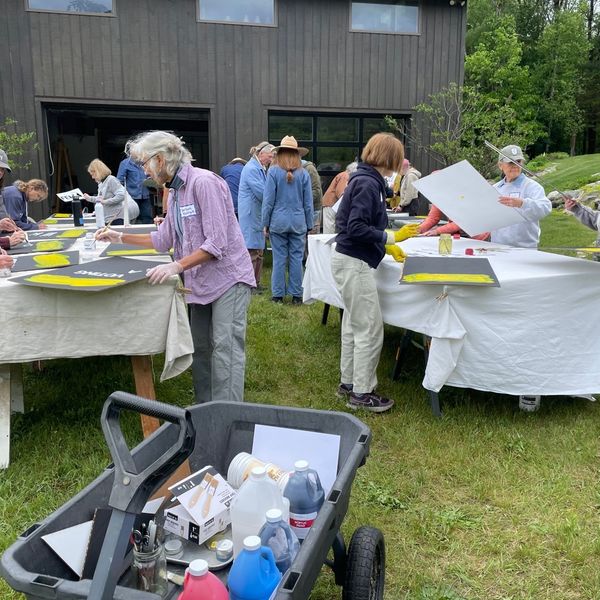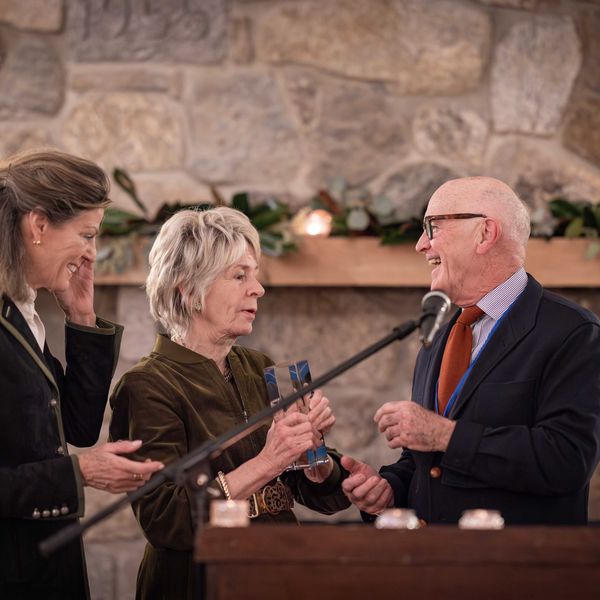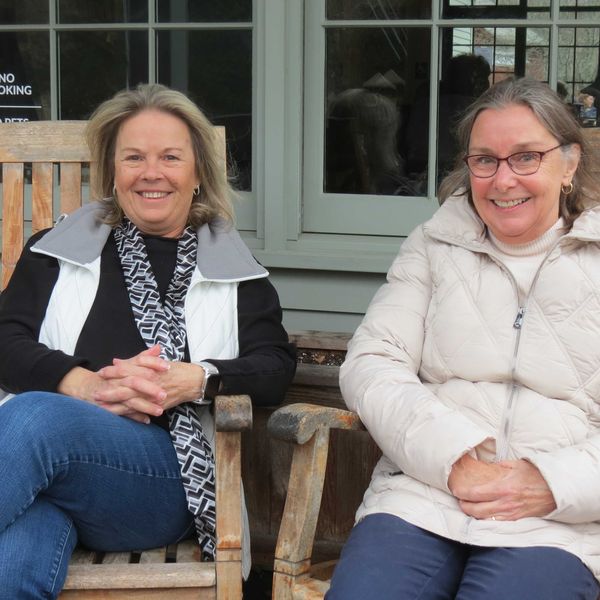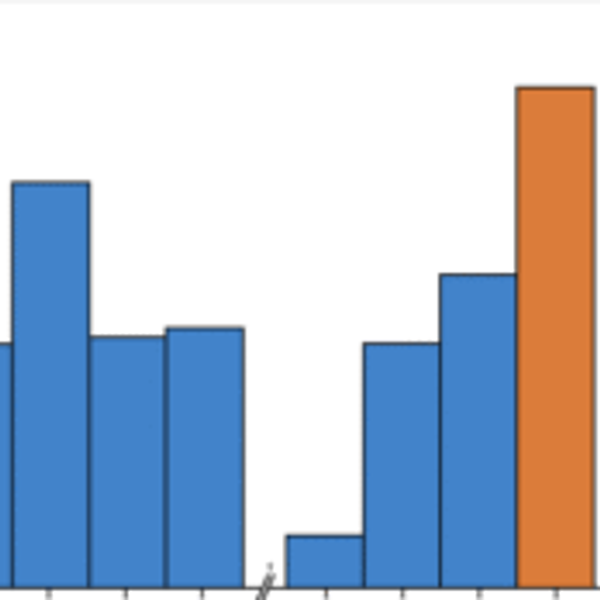Robert Frost’s famous poem, “Fire and Ice,” which posed the question whether the world will end in fire or in ice, was published in Harper’s Magazine just over a century ago, in 1920. The nine-line poem may have been inspired by the poet’s reading of Dante’s “Inferno” or, more likely, by a conversation with Harvard astronomer Harlow Shapley whom Frost had asked, a year before he wrote the poem, how the world would end. Shapley replied that either the sun would explode and incinerate the Earth or Earth would end up freezing in deep space.
Now, in 2021, the answer to Frost’s question seems increasingly clear. The headline of an August 6, 2021, Wall Street Journal report by Ann M. Simmons, the Journal’s Moscow bureau chief, read “One of the coldest places on earth” — Yakutia, about 3,000 miles from Moscow — “is on fire.” The subhead noted that “Blazes could pump a record amount of CO2 into the atmosphere, with wildfires also plaguing California, Turkey, and Canada.”
The Moscow Times, for its part, pointed out that, while global warming is thawing Siberian soil that has been frozen for millennia, Russia is warming 2.5 times faster than the planet. The headline of an April 30, 2019, Nature magazine article, by Merritt R. Turetsky and colleagues, spelled out the result: “Permafrost collapse is accelerating carbon release.” The text went on to warn that “the sudden collapse of thawing soils” may double the warming from greenhouse gases released from the tundra.”
Meanwhile, as the climate warms, the sea level of the world’s oceans is rising. As a Nov. 5, 2021, The Conversation article, by Jianjun Yin, associate professor of geosciences at the University of Arizona, noted: “Since 1880, average global sea levels have risen by more than 8 inches…and the rate has been accelerating with climate change.” As Professor Yin pointed out, if the polar ice in Greenland and Antarctica melted completely, the global sea level would rise by 200 feet—“about the height of the Statue of Liberty.”
Drowning Lady Liberty, not to mention the east, south and west coasts of America, should be a criminal offense, but the oil companies have gotten away with attempted matricide for decades — as exemplified by a headline in the October 26, 2015, Scientific American article by Shannon Hall titled “Exxon Knew about Climate Change almost 40 years ago.”
Shell knew, too, as demonstrated by a 1991 educational film titled “Climate of Concern,” produced by Shell and obtained by the Dutch journalism platform de Correspondent, which “warned that the company’s own product could lead to extreme weather, floods, famines, and climate refugees….”
Last January, Sludge, an independent, nonprofit news outlet that produces investigative journalism on lobbying and money in politics, posted an article by Alex Kotch headed “Members of Congress Own Up to $93 million in Fossil Fuel Stocks.” The subhead noted: “As dire climate change
projections mount, one in four members of Congress is invested in oil, gas, or coal interests.”
Meanwhile, it may be worth noting that T.S. Eliot came up with his own memorable suggestion of how the world might end, in “The Hollow Men,” published in 1925, five years after Frost’s “Fire and Ice”:
This is the way the world ends
This is the way the world ends
This is the way the world ends
Not with a bang but a whimper.
Jon Swan is a poet, journalist and former senior editor of the Columbia Journalism Review. His writing can be found at www.jonswanpoems.com.







 GNH congratulates Tyler Roberts on an interception late in the Turkey Bowl.Photo by Riley Klein
GNH congratulates Tyler Roberts on an interception late in the Turkey Bowl.Photo by Riley Klein Esten Ryan runs into the end zone for a GNH touchdown Wednesday, Nov. 26.Photo by Riley Klein
Esten Ryan runs into the end zone for a GNH touchdown Wednesday, Nov. 26.Photo by Riley Klein The GNH defense held St. Paul to 73 total yards in the 2025 Turkey Bowl.
The GNH defense held St. Paul to 73 total yards in the 2025 Turkey Bowl. It was the last varsity football game for eight Housatonic Valley Regional High School seniors.Photo by Riley Klein
It was the last varsity football game for eight Housatonic Valley Regional High School seniors.Photo by Riley Klein
 Artist Katro StormNatalia Zukerman
Artist Katro StormNatalia Zukerman
 Child working with a miniature horse at Le Petit RanchMarjorie Borreda
Child working with a miniature horse at Le Petit RanchMarjorie Borreda Weekly small-group sessions with seniors at Le Petit Ranch stimulates cognitive function and improves motor skills.Marjorie Borreda
Weekly small-group sessions with seniors at Le Petit Ranch stimulates cognitive function and improves motor skills.Marjorie Borreda




Of Fire, Ice and Hollow Men